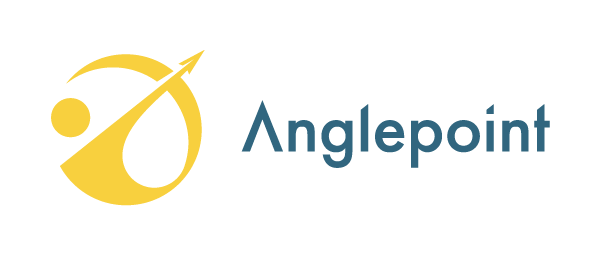To future-proof your ITAM program and deliver with continuity and success, you will need to leverage the designed framework to Run, Manage, Review, and Improve the process on an ongoing basis. This will further enhance the maturity of key process areas based on industry standards and highlight program strengths, weaknesses, and areas of risk and opportunity.
The key challenge here is to take the model which has been created and is being adopted and transition it into an ongoing ecosystem that is continuously supported by everyone involved.
In our experience, there are 4 key components to consider to maintain momentum and constant improvement.
Component number 1 is validating that value is still being delivered, and the vehicle used for this could be an Annual Strategy & Roadmap checkpoints.
These checkpoints ensure that the approach and value are still on-point and relevant, as well as course-correcting based on lessons learnt. It will highlight any business changes and confirm that the right mix of stakeholders are involved.
Some questions to consider during these checkpoints are:
- What do we want to do more of and less of in the next year – review wins and losses, celebrate and widely publicize good news, learn and diagnose where to improve if needed
- Are goals clear & objectives still relevant?
- Is success criteria being met and how are we measuring it?
- Where is the system falling down/needs focus? What key processes and workflows need to be in place?
- Who is responsible for what? What are the roles & responsibilities needed?
Component number 2 is an Annual Process and Governance Alignment.
This naturally follows the annual strategy review and ensures consistent alignment with your outcomes. A few questions to consider include:
- Is the governance model still fit for purpose, or will the broader business strategy or structure need us to consider a new plan
- How do we evolve from crawl activities such as tactical risk mitigation to walk activities such as better stakeholder reporting
- Are roles, responsibilities, and processes clearly defined?
- Is there an overall policy, clearly articulated and consumable for all? Have policies been reviewed?
- How will program success be measured? Review your KPIs and create new ones as needed.
We also recommend that you create a playbook for all stakeholders and their teams. This helps them understand the bigger picture and how their role fits into that.
Component number 3 is a bi-annual data analysis. This exercise will ensure that information being provided to the business is trustworthy, relevant, and timely. Think about these areas:
- How is data trending from the initial reviews, are we getting better? If not, why not?
- Do you have a clean repository of renewals and information to inform renewals and negotiations?
- Is your data trustworthy and aligned to the program requirements? Is it presented in a clean format to stakeholders on an ongoing basis?
- Compliance benchmarking summaries – turn ELPs and compliance benchmarking into actionable tasks and contextualized view of risk aligned to owners who can independently risk-assess and feed back into process.
The fourth and final component is a facilitated Stakeholder steering committee meeting:
This is a simple, high-level meeting to update stakeholders on the progress of your ITAM program. This meeting also provides a forum to validate that value is being provided and understand how things can be improved.
A few things we recommend you cover during these meetings include:
- Review outputs and progress against annual strategy review – review effectiveness and operational tasks to deliver results
- In-flight activities – what’s happening currently and what everyone needs to be aware of
- Key observations – trends observed, ideally with suggested resolutions or positives to keep repeating
- Achievements
- Risks and roadblocks
- Key actions – what 2-3 things will be the focus for the next period. Make sure to be clear with these and assign ownership of each task.
While these recommendations are not comprehensive, we do believe they are helpful areas we have seen be successful, and hopefully be a help for you to start as you work to run and maintain your ITAM program. Don’t hesitate to reach out if you would like to learn more about building an efficient and effective IT Asset Management program.
